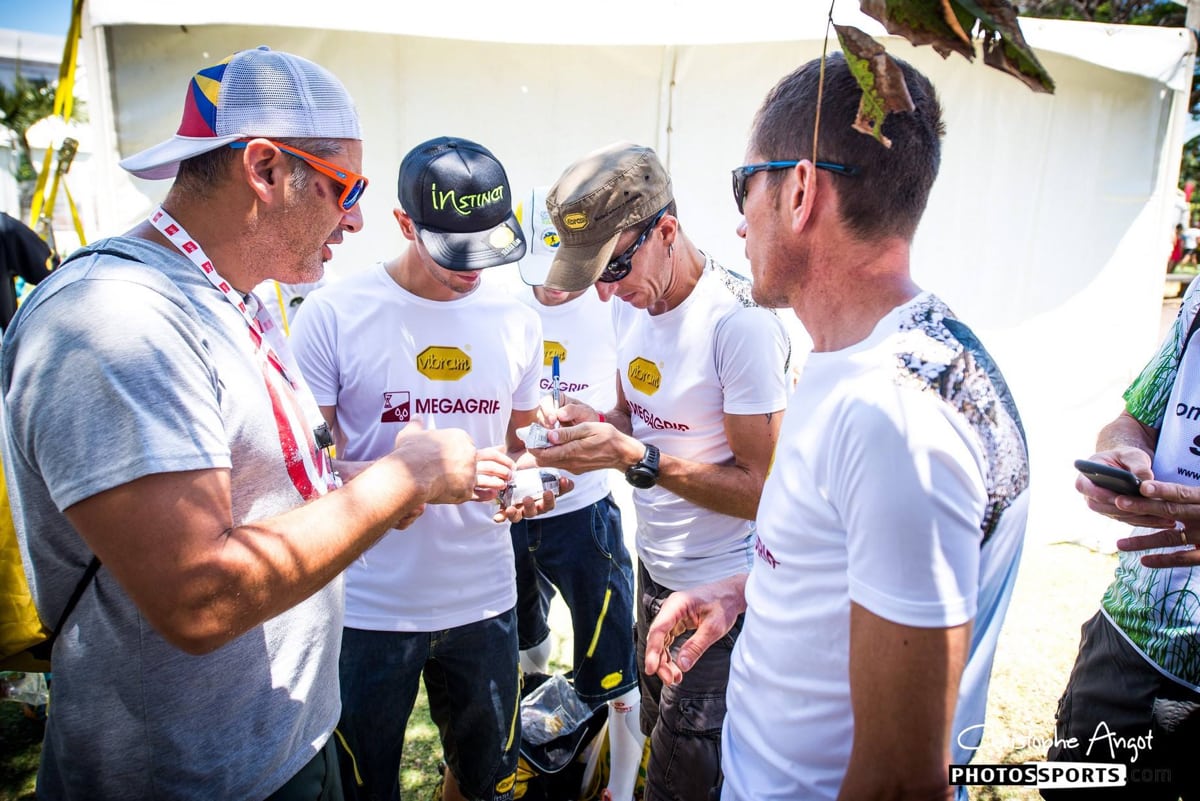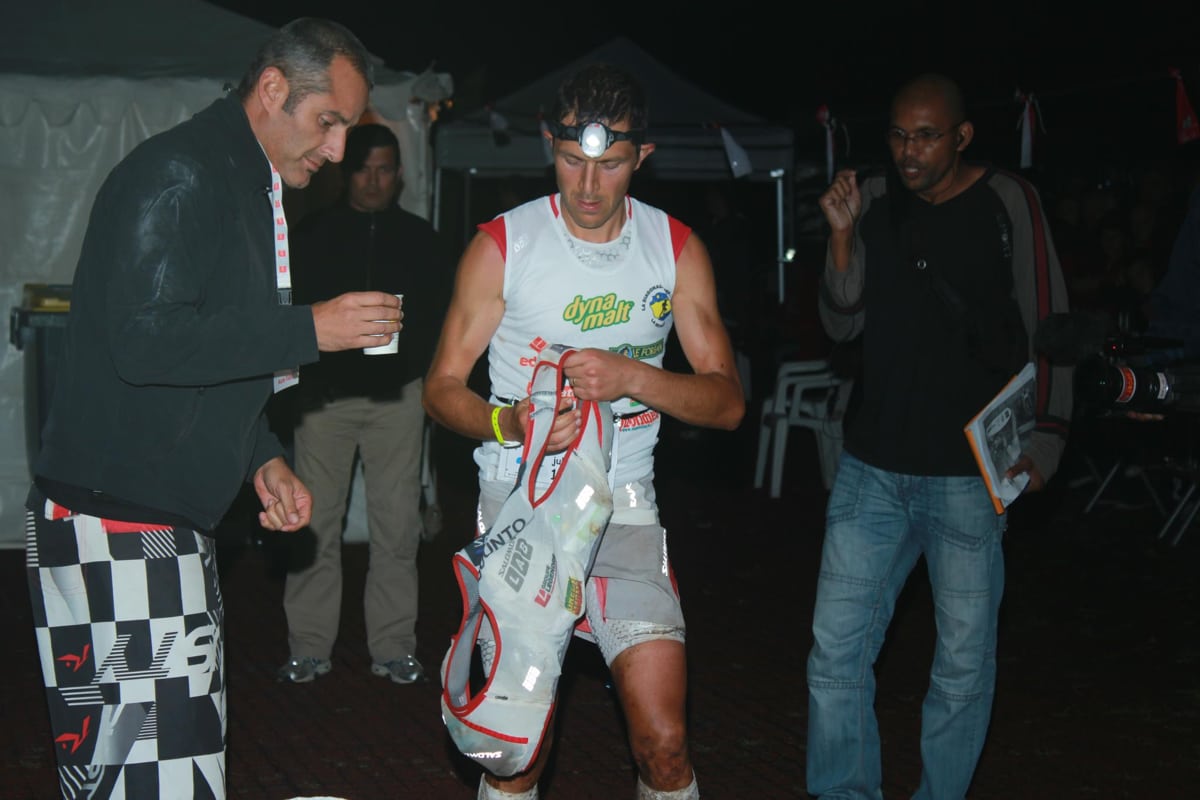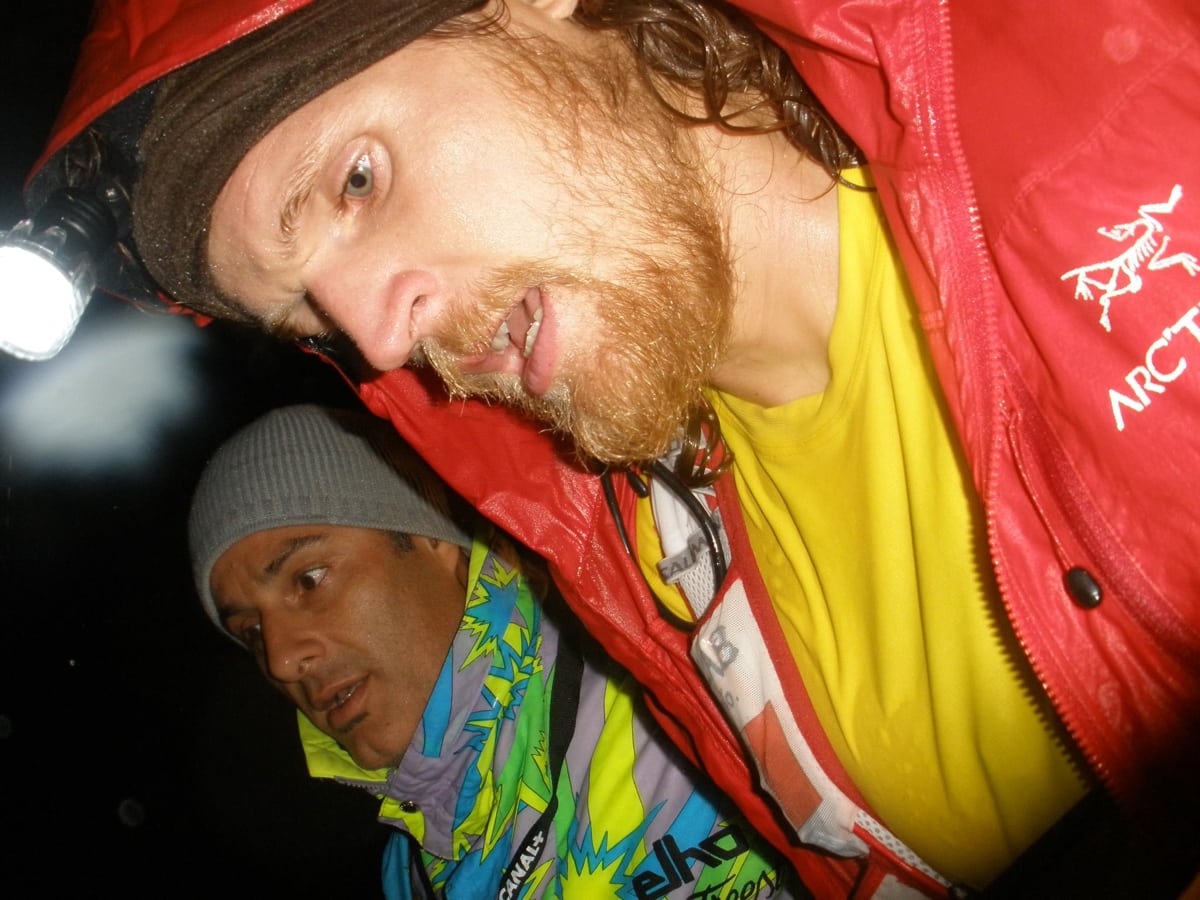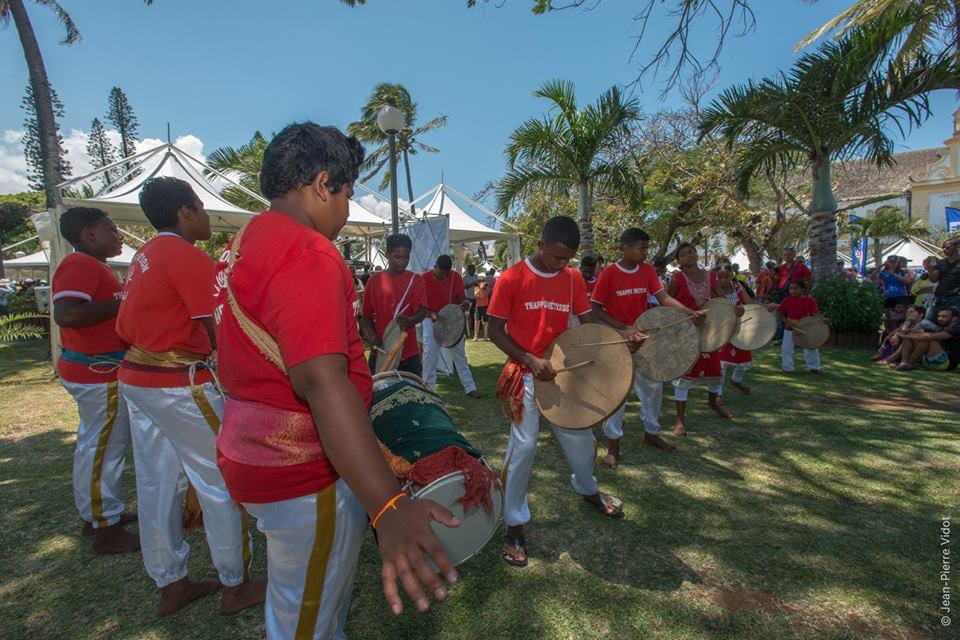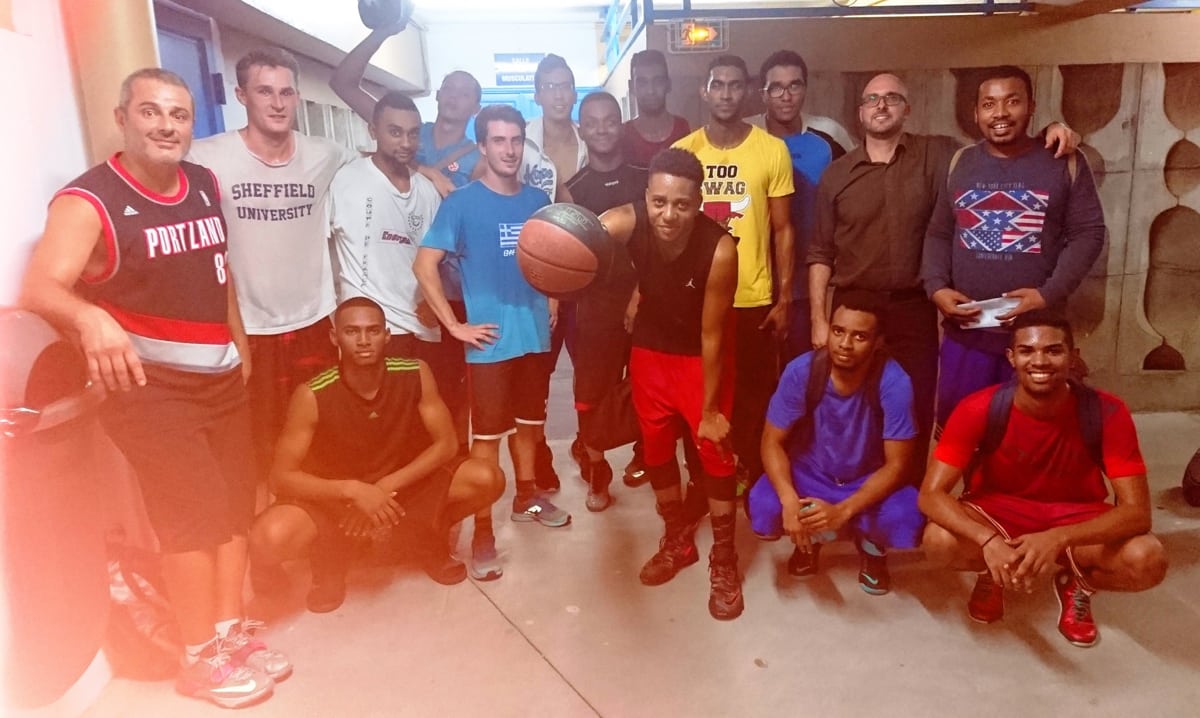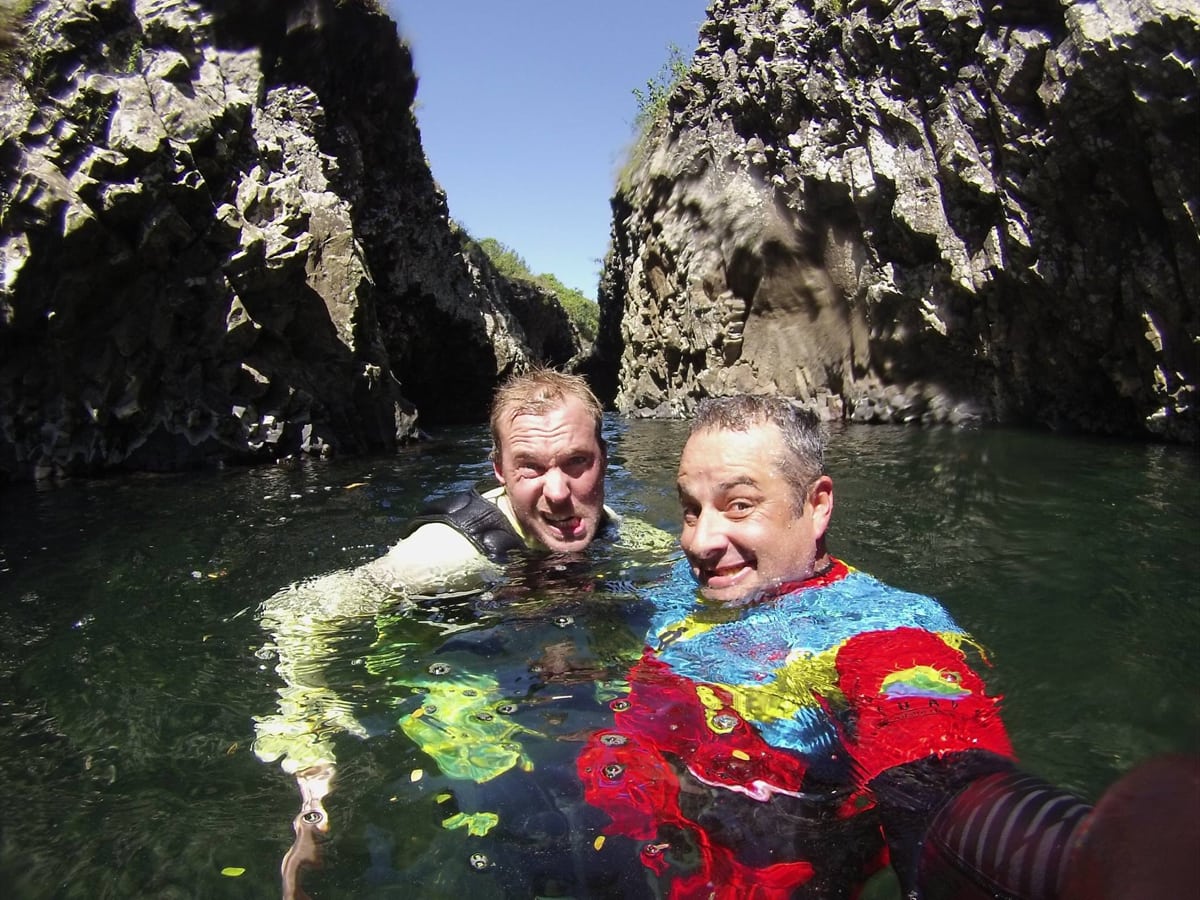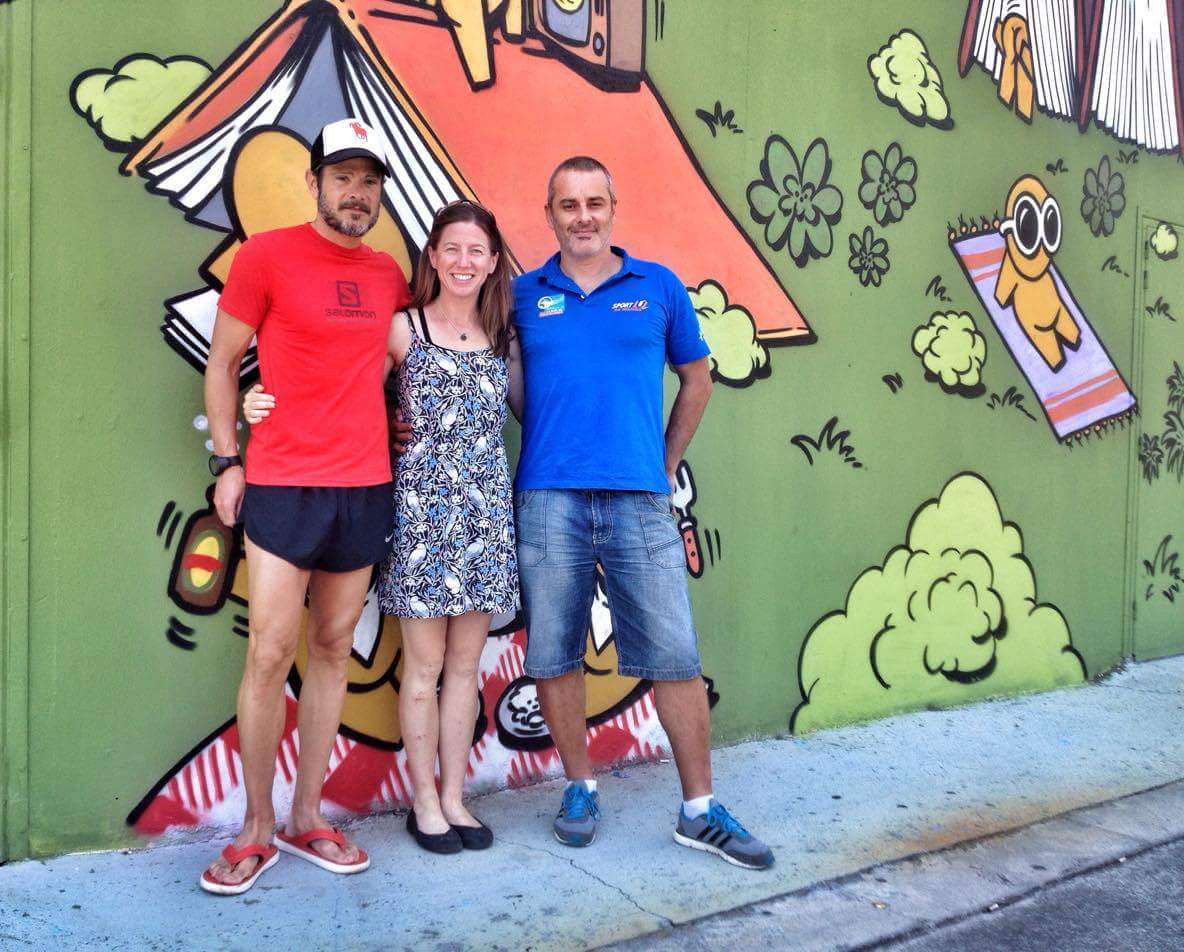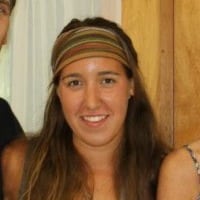When I graduated from high school, I was given the choice: head to Italy with Dad on his business trip or collect a few thousand dollars from a grad party.
I arrived in Trieste with Dad and his white-tennis-shoe-wearing colleagues and was left to wander the city on my own, or at least that’s what I thought. Instead, the Italians planning to meet my dad had also planned for me to meet Anna, my tour guide, translator, and new friend.
Did I have to anxiously scroll through a foreign menu? No. Did I wander around aimlessly looking at store windows? No.
I was given personal tours throughout museums, enjoyed small cafes hidden on quiet streets, and bought my souvenirs during shopping sprees inside both large malls and unique boutique shops.
Anna was my key to a successful trip and without her, my goal of enjoying a cappuccino and tiramisu every day might not have been accomplished.
When runners from the United States, Japan, mainland France, and many other foreign countries arrive on the tiny island of La Réunion, France, they too have a goal that may not be reached without the help of one man.
Fabrice Payet, or Daf for friends and family, is the unofficial but indispensible ‘race guide’ of the Grand Raid Réunion, the three-day race festival that annually turns the little island into one massive sporting arena.
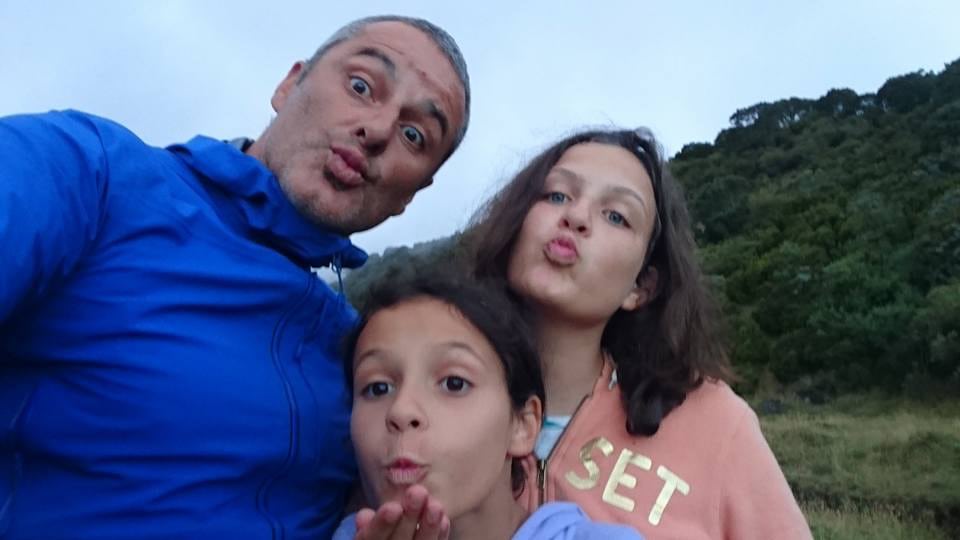
Fabrice ‘Daf’ Payet with his two daughters Jaïne (right) and Lola. All photos courtesy of Fabrice Payet.
Daf is the tour guide, the crew chief, and the much-needed friend at checkpoints for runners during the longest race of the weekend. The event began in 1989, and with several name changes, it is now known as the Diagonale des Fous, or as Daf and many runners know it, the ‘race of fools.’
“The Diagonale des Fous is crazy. It is for the crazy ones,” Daf said.
He should know.
Daf moved to the island around 25 years ago for the warm weather. Lucky for him, he never has to don a winter article of clothing for his job as a physical-education teacher at the University of La Réunion.
But unfortunately–or fortuitously, still not so sure–once he moved to the island, he heard about the beloved, popular race and was hooked before even taking one step of training.
“When you are here or you’re from La Réunion, you hear about it. Then, once the thing is in your head, you want to do it,” he said adamantly. “You want to do it.”
The Diagonale Des Fous (DdF) is the longest of the four Grand Raid races at 165-ish kilometers and more than 9,500 meters of incline. I say “ish” because the route may change a bit each year–it’s been lengthened to 172k before, for example. Also part of the race festival is the Trail du Bourbon at 111k and then the Route of the Mascareignes at about 65k, and, finally, the newest race is a three-person relay called Zembrocal Trail at 185k.
The island is located in the Indian Ocean, east of Madagascar, and has a population of about 850,000. As one of the 27 regions of France, those who live there speak French, making it an iconic French race. Of the 2,350 runners allowed in the DdF, the vast majority are from mainland France or the island itself, and then there are a handful who trickle in from other countries. That is when Daf comes in handy.
Daf has a crew of 15 to 20, either students, friends, or family, who help him crew mostly foreign racers (and sometimes local friends) at DdF each year.
“I think it is really important for the foreigners to have someone who knows exactly the race. When you run to the checkpoint, I can say how many meters high is the next climb, and I can tell you if it is quite technical, or if it is runnable or not runnable… stuff like that.”
In the past, Daf has helped many international athletes. Here’s just a sample from recent years: in 2011 it was Julien Chorier and Michel Lanne; in 2012 was Joe Grant; in 2013 Tsuyoshi Kaburaki; 2014 Jason Schlarb; 2015 Michael Wardian; and in 2016 was Chorier again, Gediminas Grinius, Joel Meredith, and Andrea Huser.
During the race, at the first checkpoint, there Daf stands with your crewing needs in one hand and his phone in the other, ready to pass onto his next crewmate the correct order of his runners. There could be up to 20 men and women runners all being crewed by Daf’s team, getting the inside scoop on one of the hardest 100-mile races they will ever traverse.
“There is a difference between this race and others. Here you have a lot of steps. You cannot run everywhere. You have to walk about 40% of the race.”
The steps are deep and there are many of them, he said, adding in that the area is also very, very technical.
During this 100-mile journey, trekking poles are forbidden and having a pacer is too. Spectators and crew members at certain checkpoints are sparse, mostly because some require a long hike just to get to it.
Jason Schlarb has a few colorful words to describe his 2014 race weekend: “Gnarly. Wild. Crazy.”
“The Grand Raid, and Réunion Island itself, is one of the most exotic and sexy ultramarathon races. The lush lands, volcanic ridges, a diverse microclimate… It is like Hawaii, but more jagged and wild and rough. And hot. And super, super crazy terrain.”
He explains even further about his experiences in his race report, but in a nutshell here is what he says:
“Imagine a race similar to UTMB and Hardrock in elevation and difficulty. Then place it at the end of the year, and at the end of the 12-race Ultra-Trail World Tour, when people are tired and worn out from racing. Add in the blazing sun, scorching temperatures during the day and a drop below freezing at night. Sprinkle in some rain here and there, since it is the rainy season soon, and of course, don’t forget the unforgiving terrains!”

Daf with some top runners at the airport in 2014, including Julien Chorier (left) and Jason Schlarb (right).
The island is volcanic terrain, created via a couple million years of volcanic activity. A couple of examples, Piton de la Fournaise peaking at 2,631 meters is active, and the Piton des Neiges, inactive, is the highest point on the island at 3,070 meters. DdF features more than 9,500 meters of elevation climb in between bursts of doubletrack forest trails, paved roads, farm fields, and very steep and technical singletrack areas. Plus, I can’t forget to mention the stairs, ladders, and bridges that every runner encounters and shakes his or her head in disbelief at before setting off.
To get in and out of this crazy point-to-point route as a crew member, Daf said it takes a lot of preparation and lot of the right kind of people.
He sends his students to walk the six-mile trek out to a checkpoint that most people could only get to via helicopter. These same women and men are then out there for six or seven hours, waiting for every runner that the team is crewing to pass by.
“It is very difficult. There are no places for crewing and some places you cannot go by car or by yourself.”
When friends of Meghan Hicks from iRunFar heard she was thinking about covering the race, they all pointed her to one man: Daf.
Sure enough, she said, as soon as she reached out to him, he was 100% committed to supporting her and the iRunFar mission.
“Much of the course is really remote, so this means team members often have to drive and hike a long way to get to some aid stations. So, basically, in order to help us cover the race in addition to crewing runners, Daf grew his team,” she said. “At some aid stations, he had two students or friends go into it, one to crew and another to send out information for iRunFar.”
Hicks says she’ll never forget the start of the DdF. From a crazy roaring crowd, to the fact that the cell towers in the start location were completely tied up by runners and fans, Hicks was thrown head first into the excitement.
“The starting line of DdF is the craziest running-race starting line I’ve ever been to–and I’ve seen a lot of starting lines. This includes the road races I’ve been to also. It’s at least doubly nutty than the UTMB starting line. A true festival.”
As Hicks readied her camera for the start, the crowd, coming from all over the island, had already been partying for hours.
“There’s a massive corralled-off area for the DdF runners themselves, and in there it’s much more subdued than among the rest of the islanders who are there watching. The runners seem to really enjoy the scene, but they seemed to conserve their energy in the hours before the race,” she said. “That changes the last 30 minutes, though, when the energy fills up into the runners, too. They are eventually funneled into the long starting line area, and they too begin to wildly dance and sing until the race actually starts. Cell networks go dead–I had SIM cards that provided me access to three different cell providers and they all went dead for about 45 minutes surrounding the start with everyone on their phones partying. It was truly an insane starting line.”
As Daf explains it, “Everyone is there. For three days, everyone follows the race. It is very popular. Everyone knows someone who did it, everybody knows someone who does it that year, and everybody knows someone who wants to do it.”
Once you hear about this race, you’re instantly hooked, fascinated, intrigued by the course, and by both the people who run it and the people who come out to the party.
When Schlarb’s plane arrived at the airport of La Réunion in 2014, Daf was there waiting for him. They had never met, yet Daf welcomed this American guy in like an old friend.
He toured him around the island and to his hotel and to a restaurant and the local running store to meet people. On the way around, Schlarb could already see the pre-race activities going on, which included the carnival music, food, and lots of dancing.
The day of the race, Schlarb was shoulder to shoulder with runners and fans, getting checked in and ready to race. As Hicks mentioned, that nervous energy of his quickly transformed into pure adrenaline and excitement, as the madness soaked into his veins.
“There was a rock concert at the beginning, they lit off those candle balloon things. There was live TV and talks while people were doing gear check. People stay up all night and day. They just love this race.”
Even though Schlarb had heard all about this tiny island from friend and 2012 DdF finisher Joe Grant, he was still blown away.
Schlarb had run UTMB not long before the DdF, so his body was still recovering. He began hallucinating, which was the first and only time that has happened, and by the middle of the race, Schlarb and Daf knew finishing the 100 miles in his goal time of 25 hours was going to be tough.
“I was coming into these checkpoints delirious-style. If it was an American or even European race, I bet the aid-station members would have made me stop and rest for a bit, but this race, the people are just so wild and fanatic about it that I doubt they follow the same level precautions.”
Daf said he watched Schlarb come in struggling to keep his pace steady.
“When you have a local runner, then their entire family and friends are there and there are a lot of people they know. But for the foreigner, they are completely alone and that is very hard.”
So, Daf acts as that family, a friend, a fan, and the crew chief pushing food and water into hands and bottles and telling them where they will see their next friend.
“I told Jason I would be at the next aid station,” Daf recalls from the race.
Thanks to that motivational carrot dangling a few miles ahead, Schlarb kept moving forward.
“Daf is awesome. He is literally a tour guide and a buddy and is genuinely a good, good guy. He definitely kept me going and gave me some food from another guy who had dropped.”
Not thinking the race would take him 30 hours, Schlarb ran out of food. Each year, wherever his racers end up finishing in the pack, Daf is out there, making sure she or he is cared for and gets to the finish line.
Thirty-plus hours, no sleep, little food, and relaying the racers’ every move as they inch closer to the finish is a lot to put on one guy. Luckily, Daf is no small thing.
As a former rugby, handball, and now volleyball and basketball player, Daf may not look like he can run, but his heart is that of an ultrarunner.
In 2004, Daf twisted his ankle 15 days before his first DdF. During the race, he had taken on that sad-looking slump-jog due to hip and back pain from favoring the red, swollen ankle. Eventually, he decided to quit at mile 60 before any real damage set in.
Determined to finish, he returned a year later and completed the race in 38 hours.
“It was unbelievable,” he remembers. “The last 30k I cried. I wanted to finish because the year before I had stopped. So I had to finish. It was so very hard!”
With people cruising by him saying “Allez! Come on!” Daf stumbled into the finish, vowing he would never do it again.
Two days later… “ I will do it again next year!” he remembered saying.
However, the pain and arthritis in his knee gave a different answer and Daf has not raced since. Instead, he spends his days canyoneering in the island’s many deep canyons or hiking the same trails he used to run.
When the next race date approaches, Daf knows he would not be able to just stay on the sideline as a partying fan. So, he vows to enjoy the race as a crew member and ends up being more involved in the beloved route than ever before.
“The first time I crewed and saw my friend cross the finish line, I was very emotional. I was close to crying even in the middle of the race! This is a way to live inside the race because I can’t do it anymore. The only way for me to do the DdF is to help and crew people and I love it.”
As Daf meets each runner at a checkpoint and sees him or her later finishing, with tears of joy and gratitude for finishing, he hopes he has been as valuable as he could.
“I hope I am not wrong in feeling this,” he admits. “I feel like I’m important for runners and for the race.”
As I write this, Daf is getting his team together for the 2017 race, which is October 19 to 22! Daf has more than 12 runners on his to-crew list this year so far, making it another long weekend of work, fun, and enough support and motivation to hopefully get each person over that finish line.
Keep an eye out for ‘Team Daf,’ which will include:
- Audrey Bassac (France)
- Juliette Blanchet (France)
- Julien Chorier (France)
- Simon DeVaux de Marigny (Mauritius)
- Maud Gobert (France)
- Antoine Guillon (France)
- Andrea Huser (Switzerland)
- Renaud Rouanet (France)
- Stefano Ruzza (Italy)
- Yann Sipili (Réunion Island)
- Seth Swanson (U.S.)
Call for Comments (from Meghan)
It’s time for stories about Fabrice ‘Daf’ Payet! Got ’em? Share ’em in the comments section!
